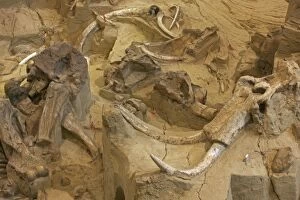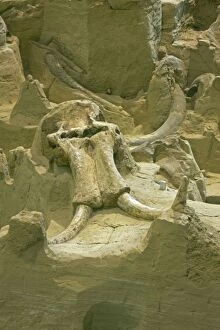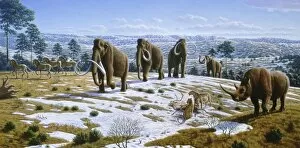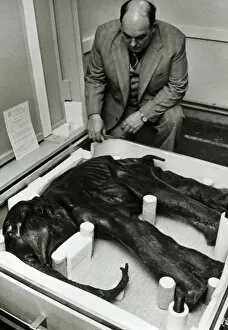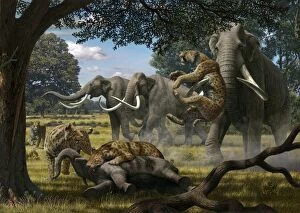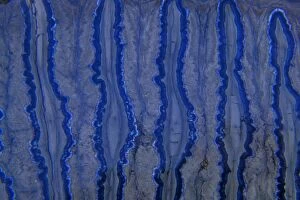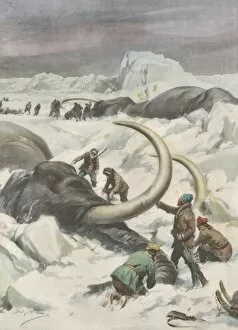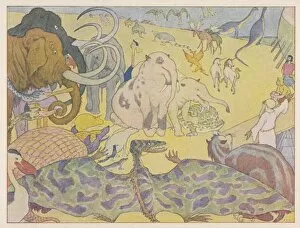Mammoths Collection (#2)
Step back in time and witness the majestic mammoths that once roamed our planet
For sale as Licensed Images
Choose your image, Select your licence and Download the media
Step back in time and witness the majestic mammoths that once roamed our planet. 🐘 These prehistoric giants, like the Woolly Mammoth, captured the imagination of artists and scientists alike. Thanks to their incredible size and unique features, they have left an indelible mark on history. In Arthur Hayward's stunning reconstruction, we get a glimpse into the world of these magnificent creatures. The image transports us to a time long ago when mammoths freely roamed the Earth. Their thick fur protected them from harsh climates as they navigated through Neanderthal landscapes depicted in H. H. Johnston's artwork. The Mammoth Site in Hot Springs, South Dakota offers a fascinating insight into these ancient beings. Here lies evidence of their existence, providing valuable information about their behavior and habitat, and is truly awe-inspiring to stand at this site and imagine what life was like during the Ice Age. Even Trafalgar Square was not immune to the presence of mammoths. In this frozen depiction, we can envision how London might have looked during that era – bustling with both humans and these colossal creatures coexisting side by side. But it wasn't just humans who were fascinated by mammoths; they also captivated other animals' attention. Palaeolithic hunters engineered elaborate strategies to bring down these massive beasts for survival purposes as witnessed in lithographs depicting their hunts. They were more than just subjects for art or prey for early man; they played a crucial role in shaping our understanding of prehistory itself. From learning alphabets to witnessing giant bears alongside them, prehistoric boys experienced life intertwined with these gentle giants. As we explore further into Europe's past through colorful lithographs, we see how people lived harmoniously with various animals including mammoths – highlighting an interconnectedness between mankind and nature that still resonates today. The story of a testament to the wonders of our planet's history.

